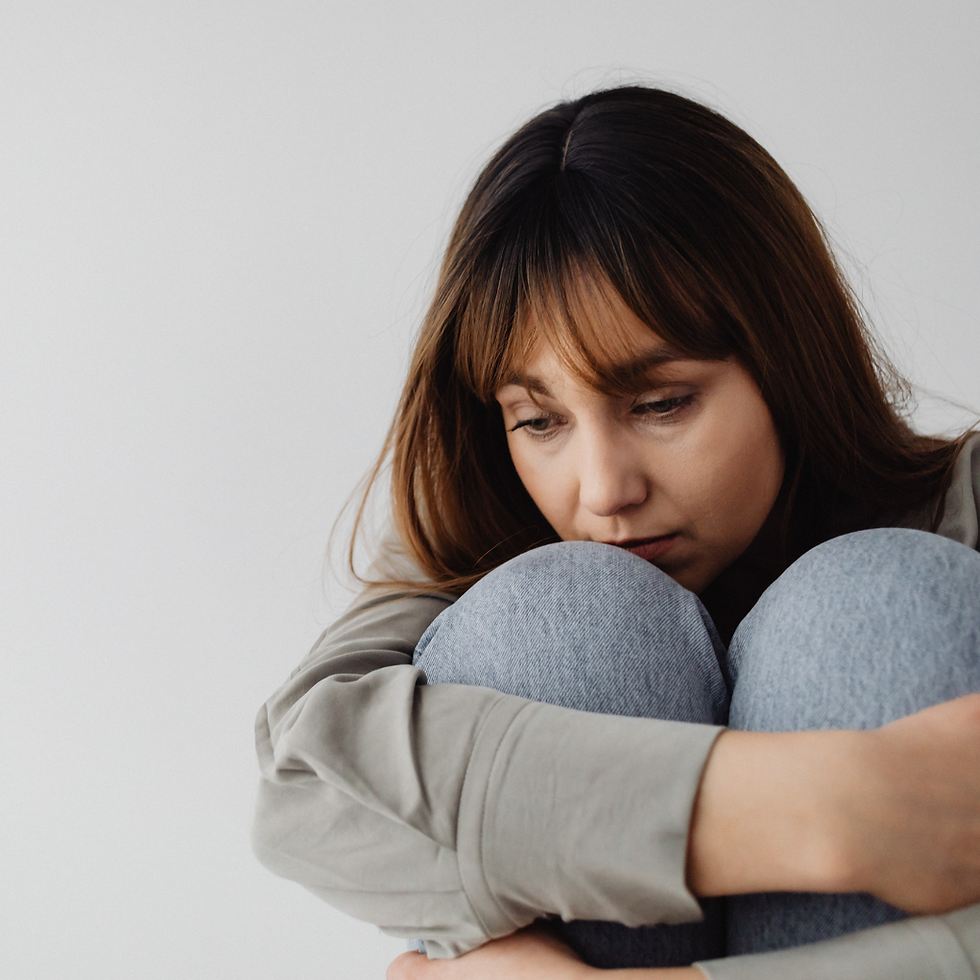What Is Agoraphobia & How Do I Recover? With Josh Fletcher
- Shannon Jackson

- Jan 30, 2022
- 4 min read
Updated: Dec 1, 2022
Agoraphobia is an anxiety disorder that is often very misunderstood. People tend to automatically jump to… Oh, that disorder that means that you aren’t able to leave your house! Although struggling with agoraphobia makes it challenging to be outside of your home for many, there is much more to this disorder.
Joshua Fletcher, author, podcast host, and therapist, is no stranger to panic disorder and agoraphobia. Josh struggled with these things himself. In this episode, Josh and I discuss what agoraphobia is, what his personal struggle with agoraphobia looked like, how he began to heal, and he also shares some knowledge and tips that will put you on the path to recovery!
WHAT IS AGORAPHOBIA?
Josh explains that agoraphobia is the “fear of being too far from a safe space.” And for lots of people, this is their home. Safe could also be work, certain roads, going to see a family member, or certain stories. But if you go outside of these safe spaces, you’ll be overwhelmed or crippled by anxiety or panic. A safe space can also be a person. There are many people who travel the world but feel that they can only do so because their safe person is with them.
JOSH’S PERSONAL STRUGGLE WITH AGORAPHOBIA
Josh shares that he began to struggle in his early twenties, and at one point he actually didn’t leave his home for an entire year. He shares that the primary cause of his struggle was stress. At the time, he was caring for his brother who was dying. He was also working at a stressful job and had no money. He just came out of a cannabis addiction, and ended a relationship with his girlfriend.
He explains that we all have a stress jug, and at the time, his stress jug was overflowing. And one day while at work, the whole world just “felt weird.” He had experienced dissociation, which quickly led to a panic attack. He was incredibly scared at the time because he didn’t know what was happening because he had never experienced dissociation or panic before. After this event, he became hypervigilant and began experiencing panic attacks regularly. And like many, at the root of all of it, he was fearing the threat response. Josh came to the conclusion, with the help of some good books and knowledge, that he had to solve it with his behavior.
THE THREAT RESPONSE
The threat response in our brains misinterprets stress often. It unfortunately doesn’t understand subjective stress, things like work stress, relationships, etc. It just thinks that the immense stress must mean that you’re in danger and so it kicks in in an effort to help you.
Panic disorder really starts because you start to fear the panic, and analyze it, and your attention goes inward in an attempt to solve. Josh explains that “panic disorder and agoraphobia is when we freak out so much, and we get so scared of the panic attack, that we’d do everything in our life for it not to happen again. That includes doing compulsions like inward rumination, checking to see if it’s there, planning around it, and constant inward threat monitoring and focus.”
But doing these things just teaches your brain that anxiety is something to be afraid of. Going back to the stress jug metaphor, this fills up your stress jug. It’s truly the fear of fear that’s filling up your stress jug. Josh says, “Take away the fear of fear and you start to pull the stuff out of the jug.” And this means you have to practice being scared.
Josh shares that he experiences panic attacks (what Josh now calls adrenaline rushes) and depersonalization now and then, but he’s no longer afraid of it. Instead, he checks in with himself and he asks himself what’s going on. He acknowledges that he’s stressed and has a lot going on, and then works to take healthy action.
WHAT HELPED YOU TO START FACING THE HARD STUFF?
Something that hugely helped Josh was learning and understanding panic disorder and agoraphobia. Understanding and knowing that anxiety and panic can’t hurt you. Knowing that discomfort isn’t dangerous. Josh talks about how you need anxiety, and it’s more about putting it back in order rather than trying to get rid of it (which isn't possible because you need it, we all need it).
Another thing that really helped Josh was continuing to put himself in situations that he knew he’d likely feel anxious in, like going into stores. He continued to go until he was no longer scared. He also practiced things like driving around in his car.
JOSH’S TWO GOLDEN RULES:
1. Do what non-anxious you would be doing despite how you’re feeling.
Would non-anxious you be doing EFT, tapping, drinking CBD oil, or meditating? No! Do what non-anxious you would be doing despite how you feel.
2. Ask yourself: Is what I’m doing right now teaching the threat response in my brain that feeling uncertain is safe?
It’s important to show the brain that uncertainty and feeling anxious is okay.
WHAT’S A BIG MISTAKE YOU SEE PEOPLE MAKE ALONG THE RECOVERY JOURNEY?
A big mistake is applying perfectionism to recovery. This can look like experiencing anxiety and seeing it as a step back. And when you see experiencing anxiety as a step back, you’re no longer practicing willful tolerance. “Recovery is when you can willfully tolerate your anxiety.” It’s when you can acknowledge that you don’t like feeling anxious, but you aren’t bothered by it, you can tolerate it.
WHERE TO FIND JOSH
On Instagram: @anxietyjosh






